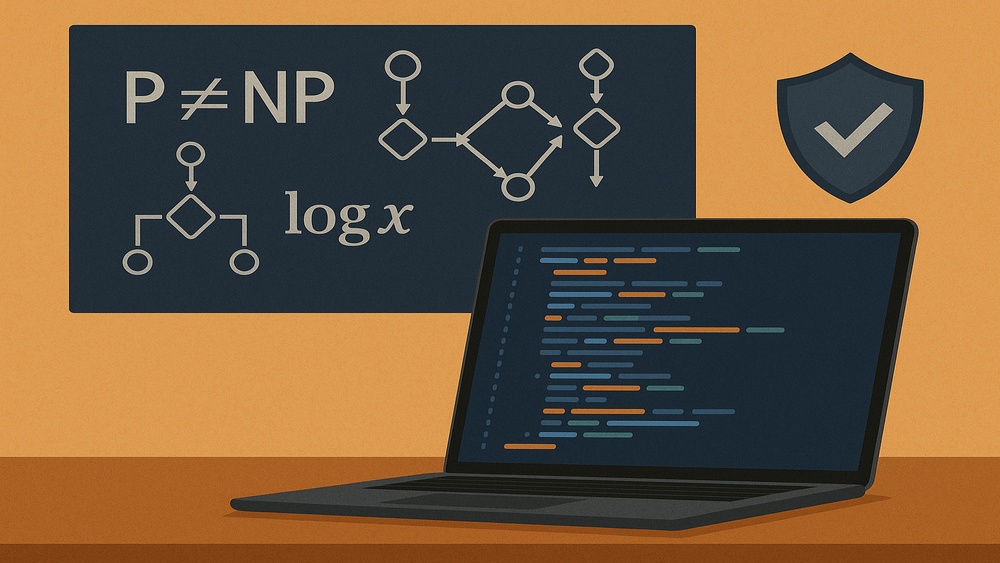OpenAI
On Dec. 21, 2022, just as peak holiday season travel was getting underway, Southwest Airlines went through a cascading series of failures in its scheduling, initially triggered by severe winter weather in the Denver area.
|
ADVERTISEMENT |
But the problems spread through the airline’s network, and over the course of the next 10 days the crisis ended up stranding more than 2 million passengers and causing losses of $750 million.
How did a localized weather system result in such a widespread failure? Researchers at MIT have examined this widely reported failure as an example of cases where systems that work smoothly most of the time suddenly break down and cause a domino effect of failures. They have now developed a computational system for using the combination of sparse data about a rare failure event, in combination with much more extensive data on normal operations, to work backward and try to pinpoint the root causes of the failure in hopes of finding ways to adjust the systems to prevent such failures in the future.
…

Add new comment